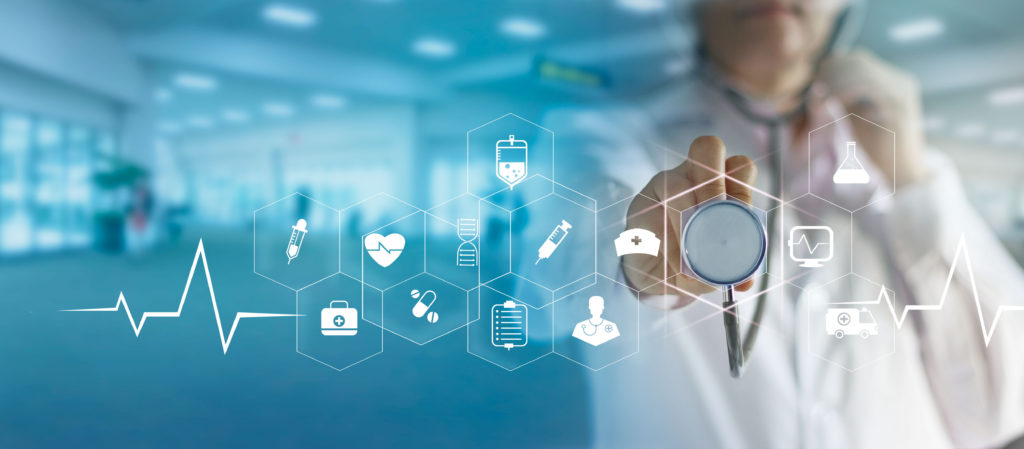
In 2017, the European Union enacted the Medical Device Regulation (MDR) as a replacement for the Medical Devices Directive (MDD). The MDD had been in place for several years as a guideline to protect public health and safety. The MDR carries a regulatory force and makes some critical changes to the regulatory environment for medical devices. The new MDR is being implemented over time and will become fully applicable to manufacturers in 2024.
Most of the changes resulting from the MDR are extensions of previous regulations that existed under the MDD, although the work involved in ensuring compliance is significant. Manufacturers need a strategic plan for timely compliance concerning device design and organizational response to new regulatory requirements. In this article, we discussed with Dr. Joel Arun Sursas about some of the more significant areas of change under MDR.
Database Changes (EUDAMED)

The EU manages the Eudamed database for information related to medical devices subject to MDR. All required regulatory information regarding covered devices must be uploaded to Eudamed and maintained by manufacturers.
In addition to the type of information required by MDD (manufacturer identity and registration, declarations of conformity, and data related to any unusual or noncompliant incidents regarding devices), the MDR will also require the maintenance of information on clinical studies, marketing studies, safety reports, and other types of post-market information.
Device Classification Changes

The number and types of classifications used under MDD remain the same under MDR; however, there are critical new regulations regarding the classification of devices containing medical substances. New classification rules will cover any device that contains a substance that is introduced into a patient’s body; such devices will be moved to higher risk classifications than those they were initially placed in under MDD.
Additionally, the general definition of what qualifies as a medical device has expanded under MDR. Devices previously considered non-medical or cosmetic can now be subject to MDR. Products used for cleaning or sterilizing traditional devices are now covered, as are contact lenses, liposuction devices, and related machines and materials.
These changes in the MDR are welcomed and associated with a plethora of benefits; there is enhanced protection of public health and individual patient safety. High-risk devices will be subjected to stricter pre-market controls. In the MDR, rules governing the clinical evaluation plan (CEP), clinical investigation plan (CIP) and clinical evaluation report (CER) are stricter.
Unique Device Identification (UDI) Requirements

MDR creates a requirement that every covered medical device carries a label specific to the individual device. The label will carry sufficient information to trace any device to its origin and manufacturer. Each device’s unique code will help prevent counterfeiting of devices and will enhance the reporting of medical incidents that affect the compliance of any device with MDR in general. Manufacturers are responsible for obtaining unique UDI codes and then upload relevant and specific data to Eudamed with the database information linked to each individual UDI. Manufacturers should make sure they are closely aligned with the timelines and decide on their regulatory strategy.
MDR classification rules enable the categorization of medical devices into 1 of 4 classes – I, IIa, IIb, and III in ascending order of risk. Generally, class I devices are non-invasive and are low-risk, whereas class II and III devices are invasive and are medium to high-risk, respectively.
Enhanced Clinical Evaluation Reporting Processes
The MDR also adds new regulations regarding clinical studies and post-market investigations. Any qualifying clinical data must be publicly available and updated for currently marketed devices. Certain classes of medical devices must have annually updated clinical and safety reports and performance summaries.

About Dr. Joel Arun Sursas
Dr. Joel Arun Sursas is a team leader, and facilitator with a proven track record and a niche skill-set developed over the past seven years in his capacity as an established Medical Doctor and Health Informatician. He is most passionate about Medical Informatics, working to bridge the gap between doctors and engineers to improve patient care. His interest in the field emerged when he began working as a Project Officer for PACES — the Patient Care Enhancement System for Singapore Armed Forces (SAF). Dr. Sursas has been instrumental in designing and implementing the largest Electronic Medical Record (EMR) system in Singapore, spanning 53 medical centers, as well as developing a data analytics platform to trend epidemiological data.












